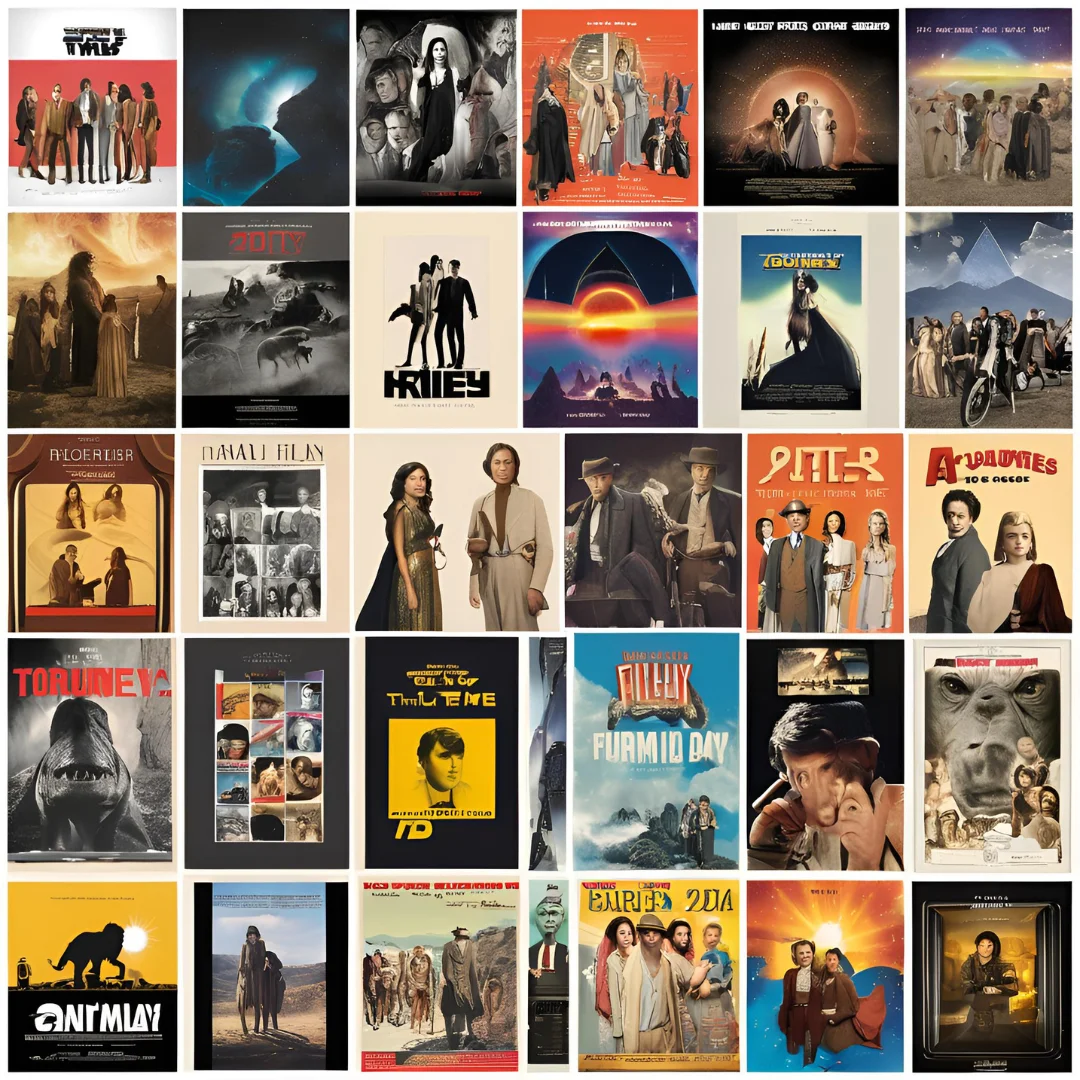Customer experience (CX) continues to be the key to creating and maintaining profitable businesses in the constantly changing digital market. Brands must come up with creative methods to provide value, stay relevant, and cultivate loyalty as consumer expectations rise. Email marketing is still one of the most effective ways to interact with customers directly out of all the tools available.
Email has evolved from a basic tool for communication to a sophisticated medium for powerful, personalized interactions due to technological improvements and rising client expectations. Brands that fully utilize email marketing in 2024 will differentiate themselves by providing distinctive experiences that address the demands of each individual. This blog explores the methods, approaches, and developments in email marketing to improve customer satisfaction.
The Power of Email in Customer Engagement
One of the most dependable forms of communication is email, which has benefits based on its affordability, accessibility, and universality. Email guarantees direct engagement with clients, in contrast to social media platforms where visibility is determined by algorithms.
Why Email Marketing Excels in CX
-
Direct Access: Email allows brands to reach customers directly without intermediaries.
-
Personalization: Tailoring messages based on customer behavior and preferences increases relevance.
-
Scalable Interaction: Automation tools enable brands to manage large-scale campaigns efficiently.
-
Actionable Insights: Analytics provide valuable data on engagement, allowing for continuous optimization.
For businesses, email serves as a bridge between their offerings and the customer’s specific needs. Its versatility ensures it can cater to various stages of the customer journey, from awareness to retention.
Emerging Trends in Email Marketing for 2024
As technology advances, email marketing trends evolve to meet the dynamic demands of consumers. In 2024, the focus is on personalization, interactivity, and sustainability.
Hyper-Personalization with AI
Effective email marketing has always relied heavily on personalization, but AI has advanced this strategy. AI helps brands create hyper-targeted ads by evaluating consumer data.
For example, AI may make extremely relevant product recommendations by examining browsing patterns, past purchases, and preferences. A travel agency may suggest vacation spots based on a client's prior travel experiences, offering a very relatable personal touch.
Interactive Emails with AMP Technology
Email users can engage with content right in their inbox thanks to Accelerated Mobile Pages (AMP). This technology streamlines user experiences by doing away with the requirement to navigate through to external pages.
A retail brand, for example, could allow customers to browse products, add items to their cart, and even complete purchases—all within an email. Such convenience drives engagement and reduces friction.
Accessibility as a Priority
All clients, including those with disabilities, may access emails thanks to inclusive design. This entails employing high contrast graphics, making layouts screen reader-friendly, and substituting text for images.
In addition to demonstrating social responsibility, accessibility increases the reach of your advertisements. A business that places a high priority on inclusivity shows its dedication to each and every client, which encourages loyalty.
Sustainability in Email Marketing
Email design in 2024 is being influenced by environmentally friendly techniques. Brands can lessen the environmental effect of their emails by putting an emphasis on efficient code and avoiding resource-intensive components like huge graphics.
Additionally, email campaigns that promote environmental activities can connect with like-minded customers and foster a stronger emotional bond between them and the company.
Strategies to Enhance Customer Experience with Email
Delivering a superior customer experience through email requires thoughtful planning and execution. Here are proven strategies for success:
Segmentation for Precision Targeting
Segmentation involves dividing your audience into smaller, more specific groups. This ensures that customers receive content tailored to their unique needs and preferences.
For example, an online retailer may divide up its clientele according on browsing habits, location, or past purchases. Giving clients in colder climates a customized winter apparel discount shows consideration and pertinence.
Behavioral Trigger Emails
Automated emails known as trigger emails are sent in reaction to particular customer activities, including leaving a shopping cart or subscribing to a newsletter. These emails are quite effective since they are pertinent and timely.
A brand can establish a favorable tone by introducing new subscribers to its services through a series of welcome emails. Conversions can also be increased by sending a cart abandonment email that includes a discount offer and a polite reminder.
Interactive Content for Engagement
Users are encouraged to participate in interactive emails, which enhances user engagement and retention. This covers features like carousels, quizzes, and polls.
A cosmetic firm might, for instance, offer a questionnaire to customers to assist them identify their skin type, after which they would receive tailored product recommendations. This strategy enhances value and fortifies the bond between the brand and its customers.
Storytelling to Build Connection
Story-telling emails have the power to arouse feelings and build stronger bonds with their recipients. Brands can humanize their marketing by sharing milestones, behind-the-scenes content, or customer testimonials.
A sustainable fashion company may showcase a consumer's transition to eco-friendly apparel while incorporating the brand's contribution to the change. Such narratives foster trust and uphold brand ideals.
Rewards for Loyalty
Email advertising can effectively promote loyalty programs by fostering a sense of appreciation and exclusivity. Offering individualized incentives, birthday surprises, or early access to sales might all be part of this.
For example, on a customer's birthday, a coffee shop would give them a complimentary beverage along with a loving note. This action promotes recurring business and improves the general customer experience.
Conclusion
Email marketing is still a vital strategy for improving the customer experience as 2024 draws to a close. It is essential to a brand's digital strategy due to its capacity to provide meaningful, engaging, and individualized communication. Brands can produce emails that genuinely connect with their audience by using cutting-edge technology like AI and AMP, giving accessibility and sustainability first priority, and using data sensibly.
Sincere, value-driven interactions are the way of the future for customer experience. Email offers the ideal medium for these kinds of interactions, allowing companies to increase engagement, cultivate loyalty, and create enduring bonds. Businesses can prosper in an increasingly competitive environment by focusing their email campaigns on their customers.




